The Nissan Skyline stands as a monumental icon in automotive history, known for its blend of performance, design, and technological prowess. Since its debut in 1957, the Skyline has evolved through numerous generations, each contributing unique attributes and innovations that have solidified its place in car enthusiasts’ hearts worldwide. Within the first 100 words, we must acknowledge the primary focus: Nissan Skyline Model Comparisons, a journey through time examining how each iteration has built upon its predecessors.
From its humble beginnings as a four-door sedan, the Skyline has transformed into a symbol of speed and style. The C10 series, introduced in 1966, laid the groundwork, while the R32 model, unveiled in 1989, propelled the Skyline to international fame, particularly due to its performance in motorsports. The R34, immortalized in the Fast and Furious franchise, further enhanced its cultural significance.
Why does the Skyline matter? Its influence extends beyond speed and specs; it represents a cultural phenomenon, a testament to engineering mastery, and an innovation platform. This article aims to delve into the intricate details of its design evolution, performance specs, and how these models compare against each other, providing a comprehensive overview for enthusiasts and potential buyers.
The urgency of understanding the Skyline’s evolution is underscored by current trends in the automotive industry, particularly electrification. As Nissan plans to electrify its lineup, including the Skyline, the potential transition to hybrid or fully electric models could redefine performance benchmarks. This shift presents both an opportunity and a challenge for those considering buying a Nissan Skyline.
In conclusion, this article is not just about cars; it’s about exploring a legacy of innovation and excellence. Whether you’re a fan or a prospective buyer, understanding the Skyline’s journey offers valuable insights into its past, present, and future potential.
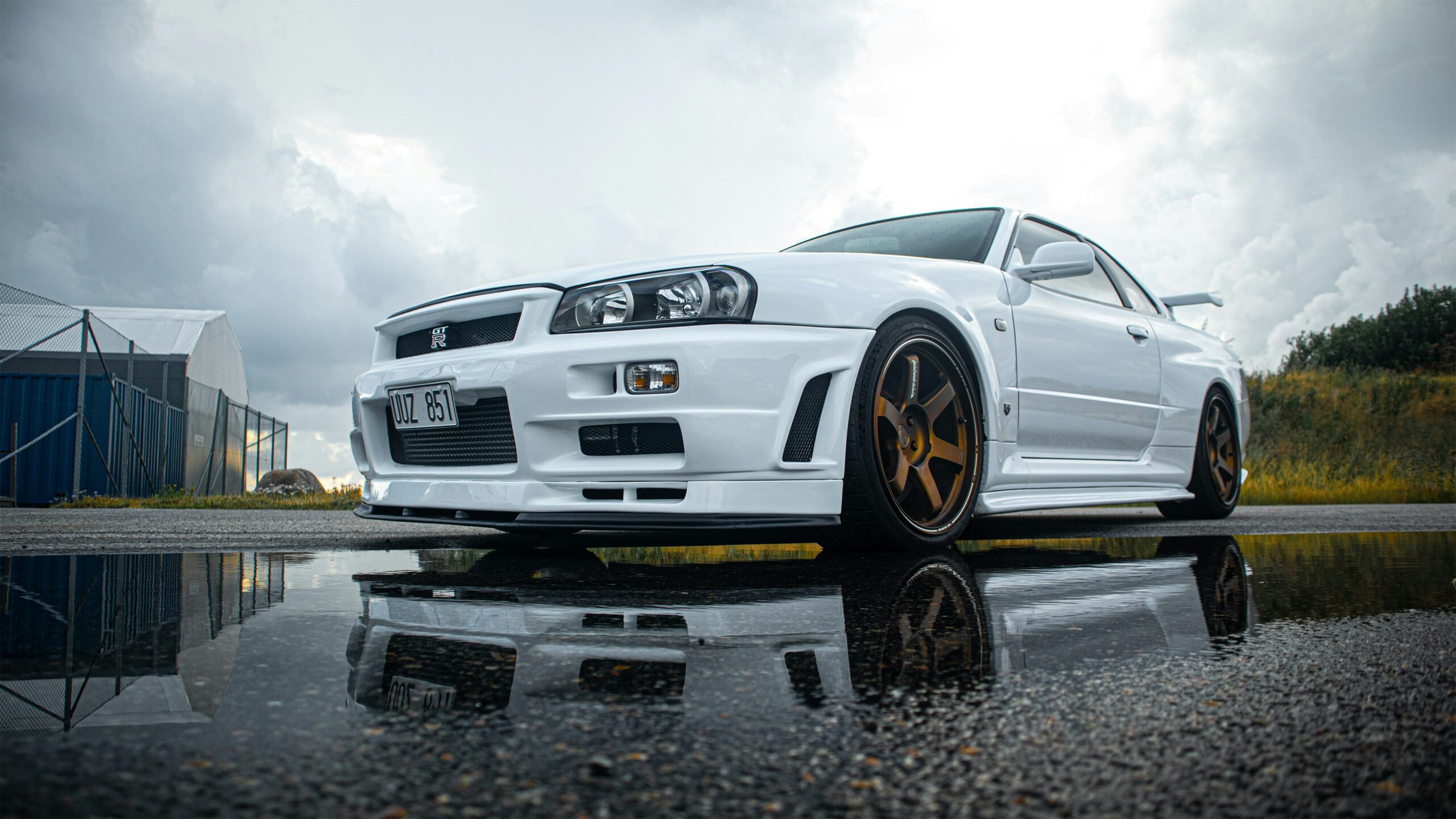
Photo by Timmie Ahl on unsplash
The Origins and Evolution
The Inception of the Nissan Skyline
The Nissan Skyline’s origins trace back to 1957 when the Prince Motor Company introduced a humble four-door sedan. Initially launched as a luxury vehicle with moderate performance, the Skyline was designed to cater to post-war Japan’s burgeoning middle class. The first generation marked a significant step in Japanese automotive design, offering a glimpse of what was to come. Despite its modest beginnings, the Skyline’s potential for innovation was apparent even in these early years.
The Shift Towards Performance
The evolution of the Nissan Skyline into a performance powerhouse began in the 1960s. With the introduction of the C10 series in 1966, the vehicle began to establish its racing pedigree. This model laid the foundation for the Skyline’s future, emphasizing a balance of performance and style. The C10, affectionately known as the “Hakosuka,” was the first to feature the GT-R badge in 1969, symbolizing a new era of performance-oriented design. This version boasted a 2.0L inline-six engine, marking the inception of the Skyline’s racing legacy.
Legacy of the GT-R Badge
The GT-R badge’s introduction was pivotal in the Skyline’s history, transforming the model into a symbol of high performance. The C110 series, or “Kenmeri” Skyline, continued this trend. Although it was produced during an oil crisis, it remained notable for its stylish design and enhanced performance capabilities. However, it was the R32 model introduced in 1989 that truly catapulted the Nissan Skyline GT-R to international fame. Equipped with the RB26DETT engine, the R32 GT-R produced 280 hp and was celebrated for its revolutionary ATTESA E-TS all-wheel-drive system. This model dominated motorsports, earning the nickname “Godzilla” due to its impressive track performances, especially in Group A racing in Australia.
Performance and Racing Dominance
The Skyline’s dominance in racing was further solidified with the R33 and R34 models. The R33 (1995-1998) improved upon the R32’s aerodynamics and comfort while maintaining its formidable performance. The R34 (1999-2002), arguably the most iconic, featured in the Fast and Furious franchise, solidified its legendary status among car enthusiasts. It continued using the RB26DETT engine but added modern technology, such as a sophisticated multi-function display that provided real-time data. The R34’s reputation for precision handling and raw power contributed to its success both on and off the track, ensuring its place in automotive history.
Technological Innovations
Throughout its evolution, the Skyline has been a testbed for Nissan’s technological innovations. The introduction of the Super-HICAS four-wheel steering system in the R32 demonstrated Nissan’s commitment to pushing automotive boundaries. This system allowed for improved handling at high speeds, showcasing the brand’s dedication to performance and technological advancement. As the Skyline transitioned through its various iterations, such as the V35 and V36, it embraced a more luxury-oriented approach without sacrificing its performance roots.
Market Impact and Cultural Significance
Globally, the Nissan Skyline has had a profound cultural impact. Its appearances in popular media, particularly in video games and movies, have cemented its status as a cultural icon. The resurgence in interest for classic models, especially the R32 and R34, has led to increased demand in the collector market. Enthusiasts and collectors are willing to pay premium prices for these models, with pristine R34 GT-Rs fetching upwards of $100,000. This enduring appeal highlights the Skyline’s lasting legacy and its influence on automotive culture worldwide.
Modern Era Skylines and GT-R
R34: The Iconic Legend
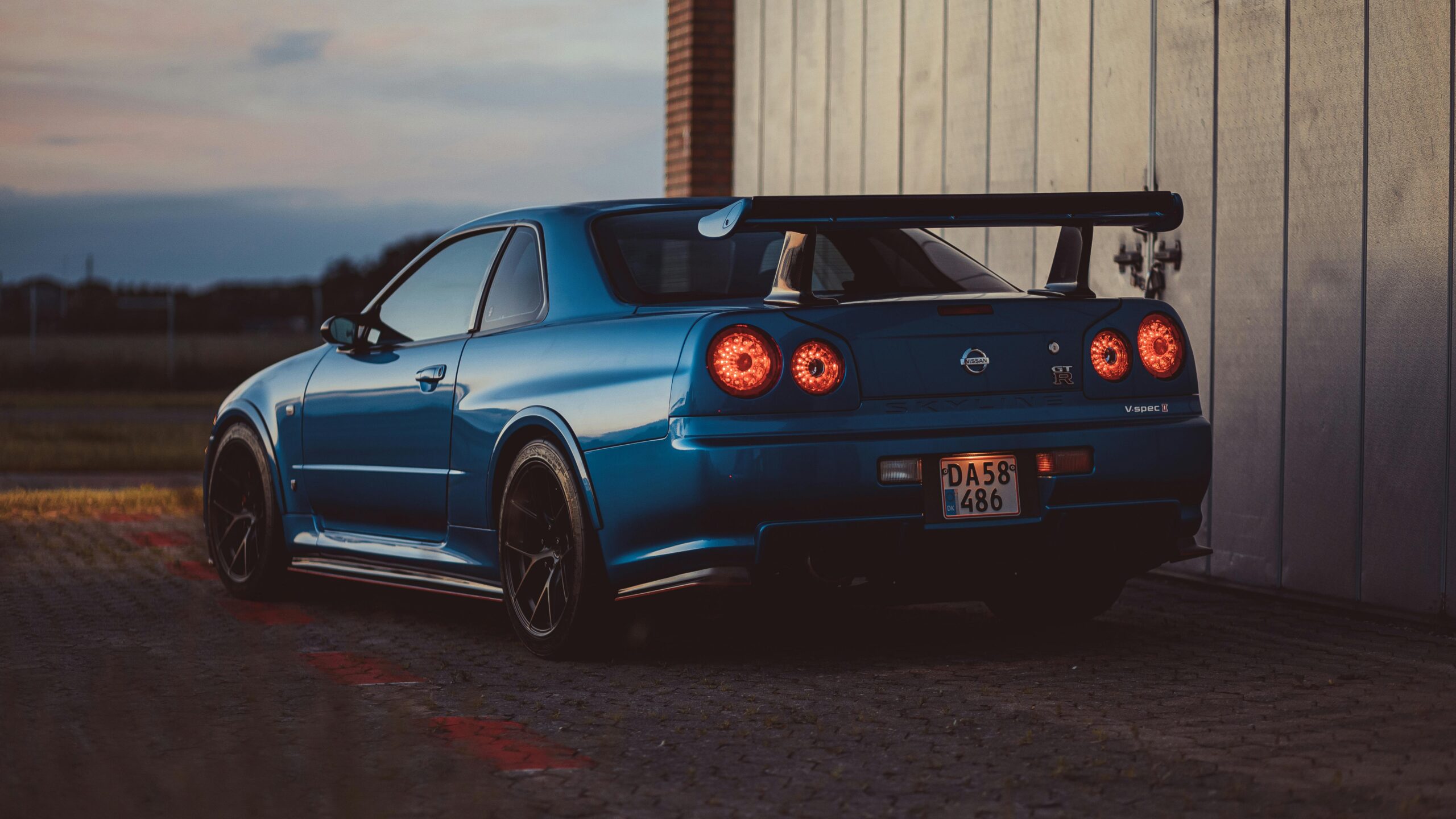
Photo by Sebastian Pichard on pexels
The R34 GT-R, produced from 1999 to 2002, stands as a pivotal model in the Nissan Skyline lineage. Renowned for its role in the Fast and Furious franchise, it quickly became a cultural icon. Under the hood, the R34 housed the revered RB26DETT engine, a 2.6-liter inline-six twin-turbo, pushing out 280 horsepower and 392 Nm of torque. Coupled with the advanced ATTESA E-TS all-wheel-drive system, it delivered superior handling and performance, achieving 0-60 mph in just 4.9 seconds. The R34 GT-R’s design also featured an aggressive stance, aerodynamic enhancements, and a robust chassis, solidifying its place in the annals of automotive history.
Divergence: Skyline and GT-R
In the early 2000s, Nissan made a strategic decision to separate the Skyline and GT-R into distinct models. The V35 Skyline, launched in 2001, marked this divergence. While the GT-R pursued a path of high-performance exclusivity, the Skyline evolved into a luxury-oriented vehicle. This shift allowed Nissan to cater to different segments of the market: one focused on extreme performance and the other on everyday drivability and comfort.
The V35, sharing its platform with the Infiniti G35, embodied this new direction. It featured a more refined design, luxurious interiors, and advanced tech options, appealing to a broader audience. This separation allowed the GT-R to become a standalone model, focusing on pushing performance boundaries without diluting the Skyline’s luxury appeal.
Modern Skylines: V36 and V37
The V36 Skyline, introduced in 2006, continued the luxury trajectory set by its predecessor. It boasted improved refinement, enhanced safety features, and cutting-edge technology, reinforcing its appeal to upscale markets. The V36 emphasized a balance of performance and comfort, featuring engines ranging from a 2.5-liter to a more robust 3.7-liter V6, catering to diverse buyer preferences.
Currently, the V37, launched in 2014, represents the most modern iteration of the Skyline. It blends classic elements with state-of-the-art advancements. The V37 continues to leverage Nissan’s proficiency in technology integration, offering features like advanced driver assistance systems and connectivity options. This model remains a symbol of Nissan’s commitment to blending tradition with innovation.
The Future of Skyline and GT-R
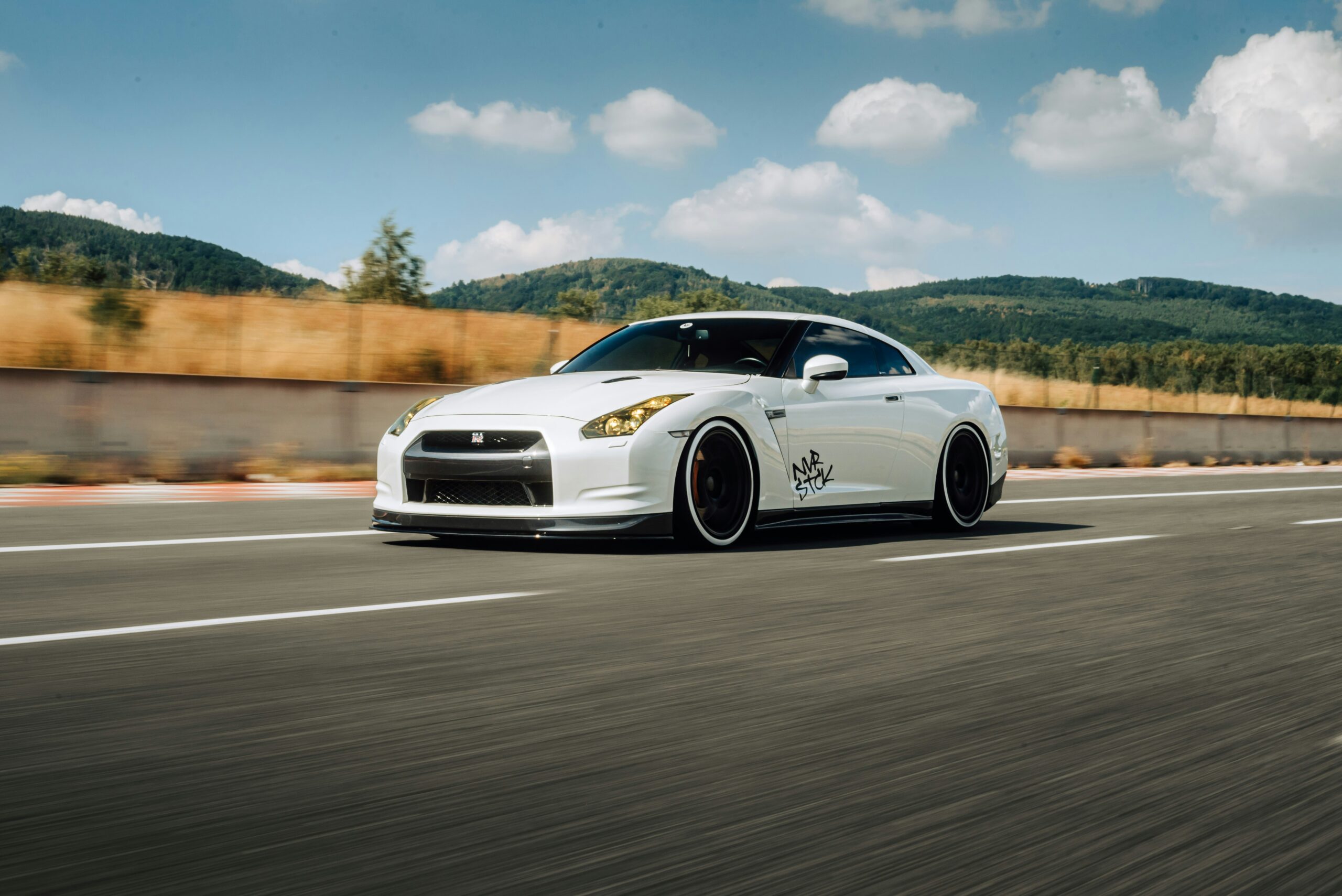
Photo by David Rybář on unsplash
As the automotive industry shifts towards electrification, Nissan is poised to adapt the Skyline and GT-R to future demands. Upcoming models may incorporate hybrid or fully electric powertrains, reflecting the global trend towards sustainable mobility. Nissan has indicated plans to electrify its lineup, ensuring that the Skyline and GT-R remain relevant in a rapidly changing market.
For the GT-R, the focus will likely remain on maximizing performance while integrating new technologies that enhance efficiency and driving experience. Meanwhile, the Skyline will continue to evolve as a luxury vehicle, incorporating the latest advancements in comfort and tech to meet consumer expectations.
Comparing the Models
Generational Performance Comparisons
The Nissan Skyline’s evolution over the decades highlights remarkable advances in performance. Early models like the C10 and C110 were modest, focusing on establishing a brand identity. However, the introduction of the R32 GT-R in 1989 marked a significant leap, featuring the iconic RB26DETT engine. This 2.6L inline-six twin-turbo powerhouse delivered 280 hp, setting a new standard in performance.
Moving to the R33, aerodynamics and comfort saw improvements, making it a more refined driving experience. Yet, the R34 GT-R epitomized the peak of performance with advanced technologies such as the ATTESA E-TS all-wheel-drive system, enhancing both speed and handling. The R34’s specs remained competitive with 280 hp and improved torque, achieving 0-60 mph in just 4.9 seconds.
In the V35 and V36 models, Nissan shifted towards luxury without compromising performance, integrating more sophisticated technologies to balance power and comfort. The current V37 iteration continues this trend, incorporating modern technological advancements while maintaining core performance attributes.
Design Evolution Over Time
The Skyline’s design philosophy has evolved remarkably, reflecting broader automotive trends and technological advancements. The C10 initiated the sleek, aerodynamic look that would become a staple. The C110, with its distinctive tail design, resonated well with the 70s aesthetic, while the C210 introduced more angular lines and a focus on the GT-R variant.
By the R32, Nissan embraced a more aggressive, aerodynamic approach, crucial for its racing success. The R34 further refined these elements, adding iconic features like the quad-circle taillights, which became synonymous with the Skyline brand. Transitioning to the V35, the design philosophy took a luxury-oriented turn, favoring smooth lines and premium finishes, a trend continued by the V36 and V37 models with modern enhancements like LED lighting and advanced infotainment systems.
The Skyline’s Cultural Impact
The Nissan Skyline’s impact extends beyond just automotive circles; it has become a cultural icon, especially highlighted by its appearances in video games and films like the Fast and Furious franchise. This cultural presence has elevated models like the R32 and R34 to legendary status, often referred to as “Godzilla” in the racing world due to their dominance. This notoriety has not only increased their desirability but also their value, with some R34 models fetching over $100,000.
In Japan, the Skyline is more than a car; it’s a symbol of national pride and engineering excellence. Its influence has permeated global car culture, inspiring automotive enthusiasts worldwide. This cultural cachet makes buying a Nissan Skyline not just a purchase but an entry into an exclusive community of dedicated fans.
Comparing with Competitors
When comparing the Nissan Skyline to rivals like the Toyota Supra MK4 and Mitsubishi Lancer Evolution, the Skyline often stands out due to its all-wheel-drive capabilities and technological advancements. The R34 GT-R, for instance, was renowned for its balance of power and precision, often outperforming competitors in handling and speed.
While the Supra and Evolution were formidable, the Skyline’s blend of performance, heritage, and innovation has consistently attracted enthusiasts and collectors. Its legacy continues to influence modern automotive design and performance benchmarks.
In conclusion, the Nissan Skyline’s journey through the ages showcases a blend of performance, design evolution, and cultural significance. For potential buyers, each model offers a unique slice of automotive history, making the decision to buy a Nissan Skyline an opportunity to own a piece of this iconic legacy.
Conclusion
The Nissan Skyline’s legacy is a testament to innovation, performance, and cultural significance. From its 1957 debut to the modern V37, this model has consistently captivated enthusiasts and collectors. The Skyline’s evolution showcases groundbreaking advancements, such as the R32 GT-R’s RB26DETT engine, which delivered 280 hp and exceptional handling, revolutionizing performance car standards. The R34 GT-R further solidified its status, captivating audiences with its role in the Fast and Furious franchise.
For potential buyers, understanding the Skyline’s lineage is crucial. Each model, from the classic C10 to the luxury-focused V35, offers unique characteristics. When considering a purchase, focus on the specific model’s history and condition. Conduct thorough research and inspections to ensure value and authenticity.
The future of the Skyline series holds promise with Nissan’s electrification plans, potentially introducing hybrid technology to redefine performance. As interest in classic models like the R32 and R34 surges, values continue to rise, offering investment opportunities.
Explore the Nissan Skyline series to appreciate its remarkable journey. Whether you’re a collector, enthusiast, or first-time buyer, the Skyline offers a rich tapestry of history and innovation. Dive into its world, and experience the fusion of performance and heritage firsthand.

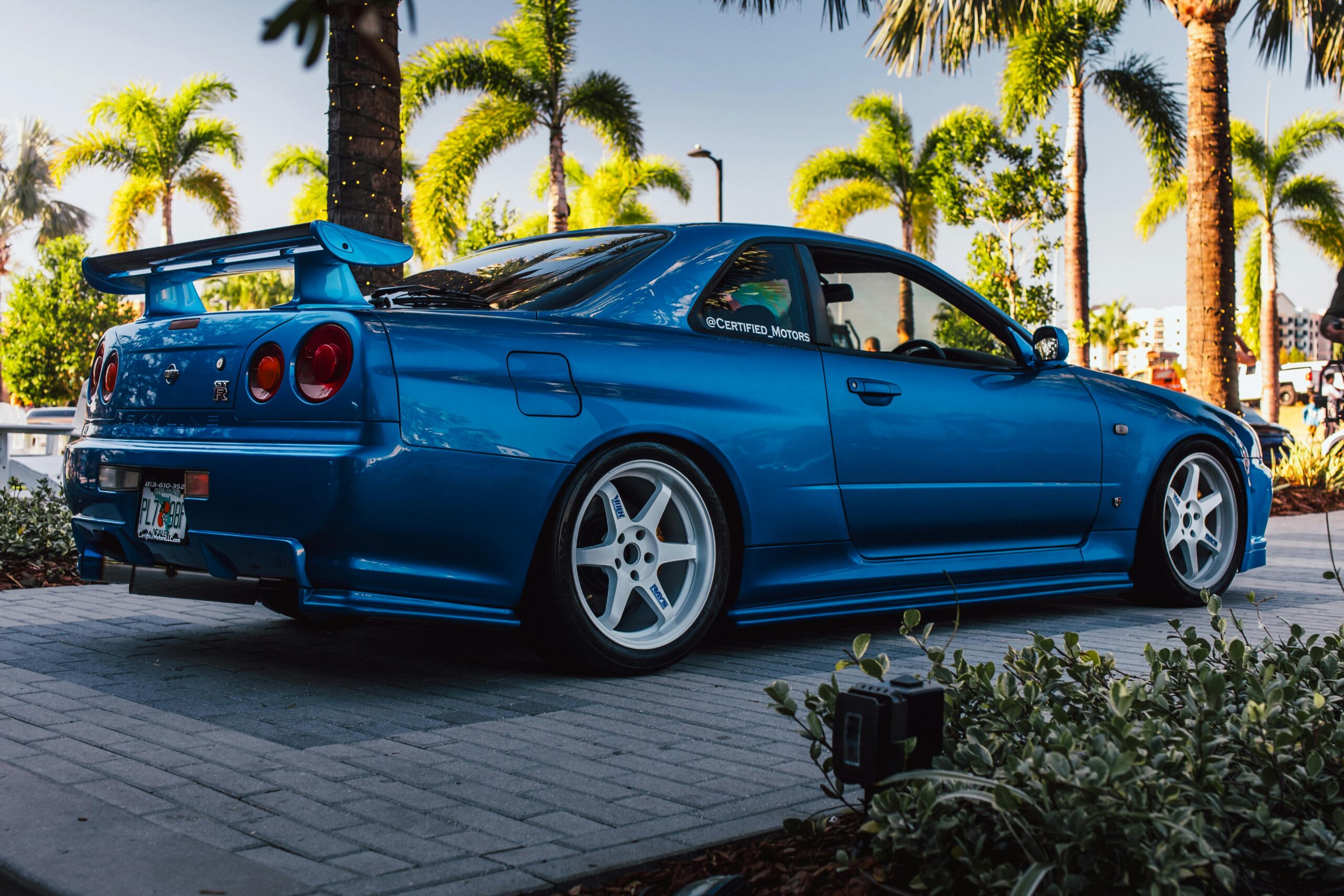
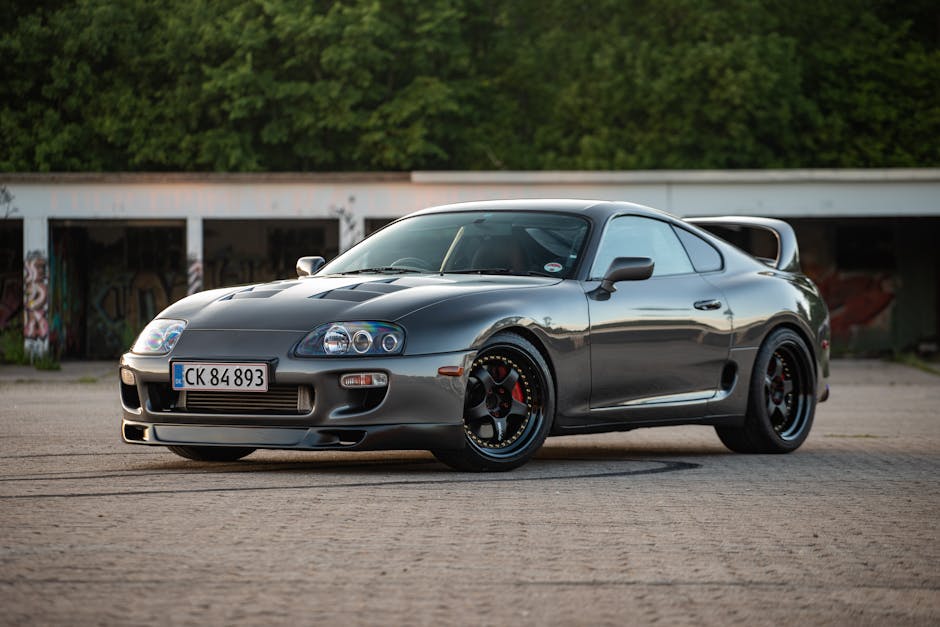
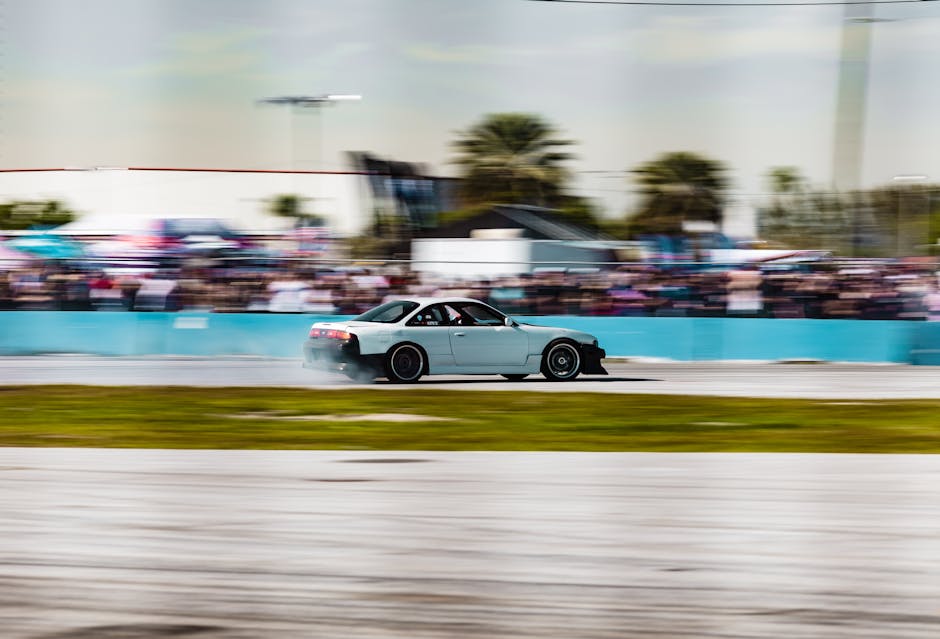
Add your first comment to this post